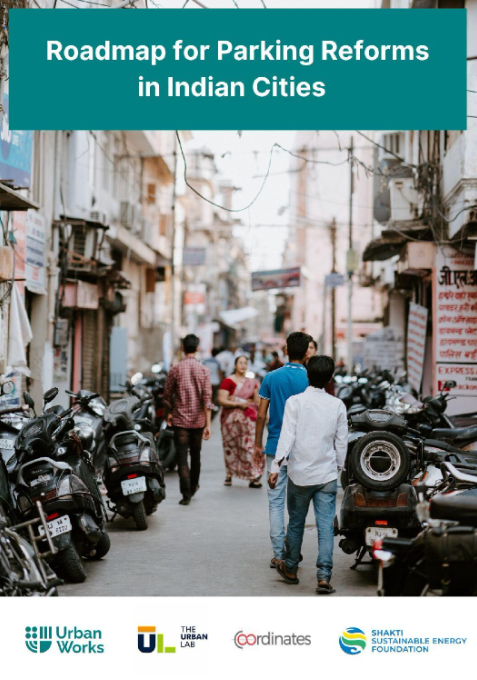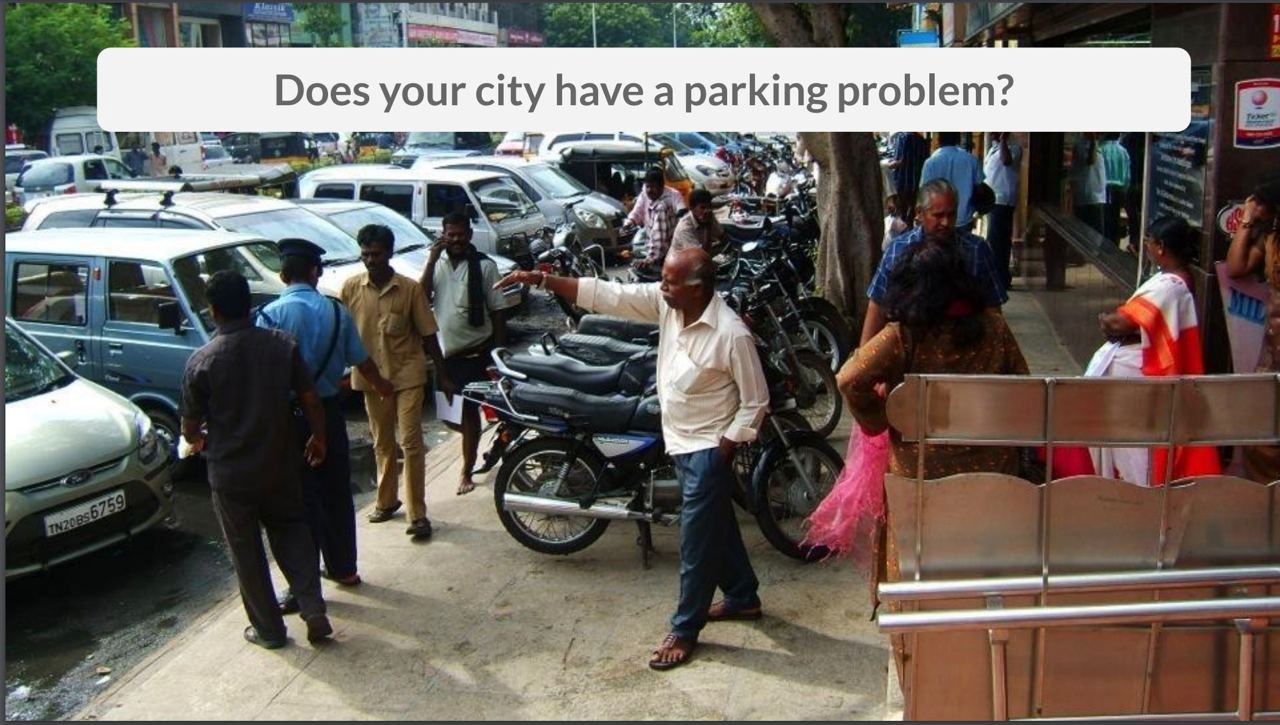Discover practical solutions to urban parking challenges with our comprehensive parking study report. Download now to tackle the issue of parking in our cities head-on.
The Parking Conundrum
With increasing motorisation, most Indian cities are grappling with managing and mitigating challenges posed by parking. Cities are trying to solve the problem by increasing parking supply through multi-level car parking structures built with public funds and greater parking requirements from the private sector through changes in building regulations. Unfortunately, they have not solved the problem. More parking is inducing more private motor vehicle use. The result: choked streets, choked lungs, and a planet threatened by climate change.
What Should Be Done?
Lack of effective on-street parking management results in suboptimal use of precious street space. Streets are essential for the movement of people—primarily via sustainable modes like walking, cycling, and buses—as well as freight. A less understood but equally important role of streets is as vibrant public spaces. Therefore, the goal must be to move parking to off-street locations.
Parking space must be seen for what it is: a form of real estate whose supply and price are best determined by the market. Parking is a commodity, not a public good. Instead of spending money on creating parking structures, Cash-strapped Indian cities should tap into motor vehicle parking as a perennial source of funds to invest in sustainable transport and public space improvements.
A Pathbreaking Parking Study
UrbanWorks and its partners (The Urban Lab and Coordinates) conducted a comprehensive study to develop a parking reforms roadmap for Indian cities. The team chose Pimpri-Chinchwad and Surat as deep-dive cities for in-depth analysis. The selection of the cities was based on the interest and willingness of the respective municipal corporations to engage in a dialogue to find answers.
The study addressed the following key questions:
- Assess what stops Indian cities from adopting a progressive approach to parking regulation and its management. Consecutively, provide them with a roadmap to contain the negative externalities of excessive parking supply.
- Find what it would take to create a functional and efficient private sector market for parking. Assess its social, economic, and environmental benefits. Comparing the benefits to the present situation where most parking happens haphazardly on the streets.
- Develop a framework for Indian cities to price parking. The framework can contain the negative externalities of parking and create a perennial source of revenue that can be invested in sustainable mobility and public space improvement initiatives.
The team prepared a parking reforms roadmap based on extensive research and a review of existing policies and regulations across India and global best practices. The team completed on-ground surveys to assess the existing demand and supply of parking, understand user perspectives and willingness to pay for parking, and consultations & workshops with various stakeholders to discuss and develop pragmatic solutions that would work in the Indian context.

Parking is like a magnet. If you create more parking, you will attract more cars and traffic. Do you wish to solve the parking problem in your city? Write to us at hello@urbanworks.in. You can learn more about us and the causes we support by following us on LinkedIn and Twitter.



